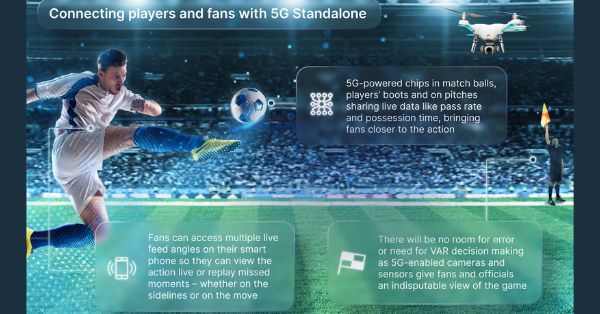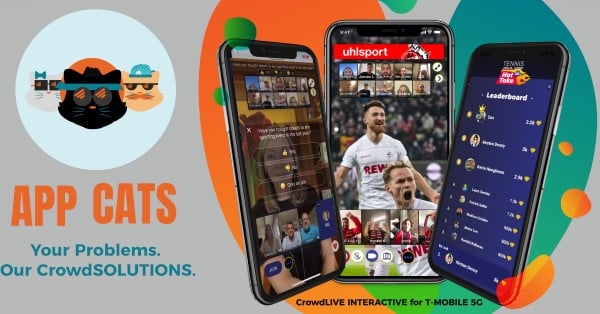News
- April 3, 2024
Golden 1 Center, in partnership with Boldyn Networks, is set to enhance the fan experience with a comprehensive 5G upgrade. This initiative marks a significant step towards integrating technology in sports, promising seamless connectivity and innovative digital features for fans.
News
- April 3, 2024
Golden 1 Center, in partnership with Boldyn Networks, is set to enhance the fan experience with a comprehensive 5G upgrade. This initiative marks a significant step towards integrating technology in sports, promising seamless connectivity and innovative digital features for fans.
























































